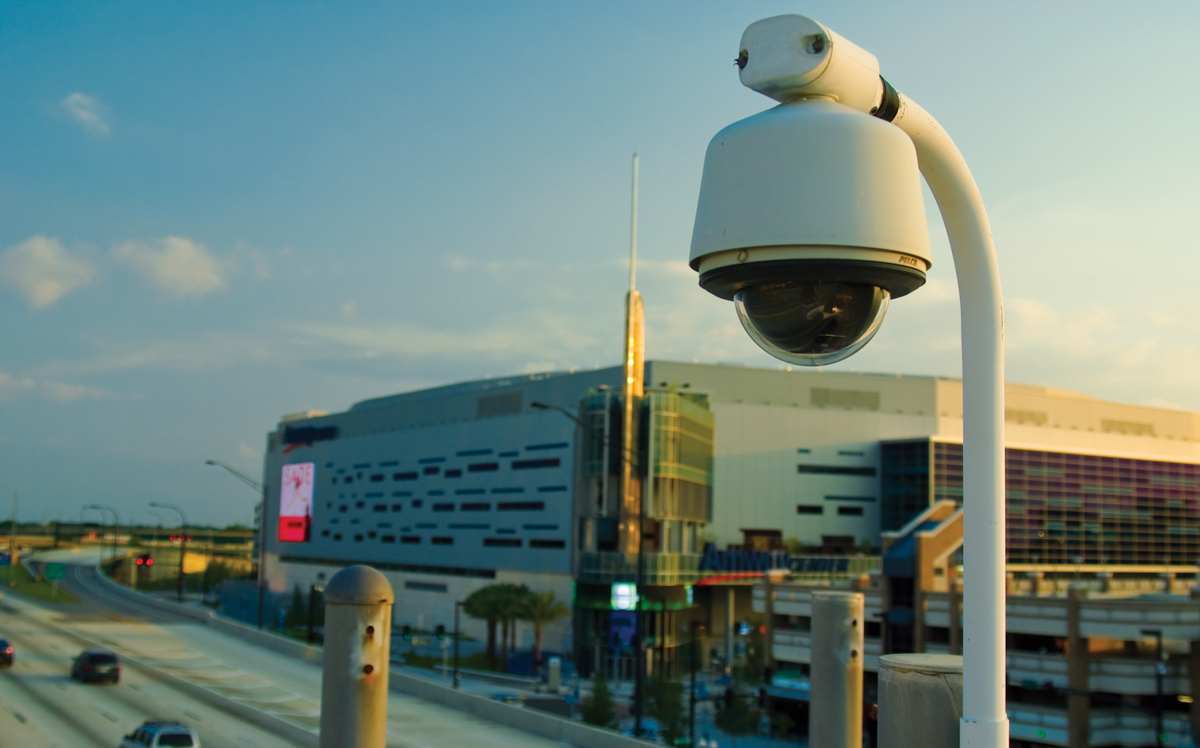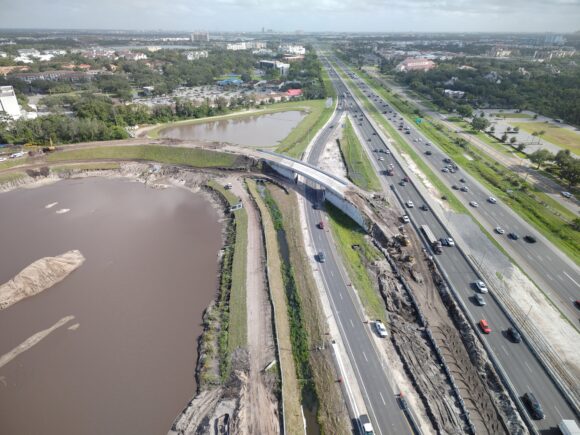Traffic information is widely available to help drivers make better choices about their daily commutes and other trips. Navigation apps, websites, and TV and radio traffic reports give information about congestion, construction, and crashes creating delays on the roadway.
The Florida Department of Transportation’s (FDOT) Regional Transportation Management Center (RTMC) is the original source for much of that information. And one of the center’s most important tools is the state’s smart data network.
FDOT’s Intelligent Transportation Systems (ITS) program helps the department manage traffic through collecting and analyzing data, then studying it at the RTMC, and sharing information with drivers to help them safely and efficiently reach their destination.
In Florida, ITS comprises:
- Roadside technology, including CCTV cameras and vehicle detectors that monitor the speed and volume of traffic, and detect incidents, crashes, and congestion.
- Software that gathers the data and enables operators to understand what’s happening on the roadways, then act to solve problems.
- Communication tools, including Florida 511, overhead message boards, connected vehicle applications, and truck parking availability systems, all of which allow operators to let drivers know about roadway conditions and encourage them to seek alternatives.
- Smart traffic control systems, such as intelligent traffic signals, ramp meters, variable toll systems, and transit priority systems, help operators manage traffic flow.
- The RTMCs that serve as the operations centers, housing the people and technology.
- A network of fiber-optic and wireless connections that keep ITS data flowing from the roadside to the RTMC and back out to the drivers.
- People, including engineers, operators, Road Rangers, and other first responders, whose expertise helps keep traffic on Florida roadways moving efficiently and safely.
Expect even more data from intelligent transportation systems in the future. Connected vehicle technology is the next generation of ITS. Vehicles and infrastructure are already able to communicate with each other. Vehicles send information about their speed, location, and roadway conditions, and then receive safety messages back, which are displayed to their drivers. This data lets FDOT further assist with traffic management and provide drivers with the most recent updates on roadway conditions.



 December Marks National Impaired Driving Prevention Month
December Marks National Impaired Driving Prevention Month Cold Weather Brings Unique Construction Challenges
Cold Weather Brings Unique Construction Challenges What’s Next for the New Loop Ramp on Apopka-Vineland Road
What’s Next for the New Loop Ramp on Apopka-Vineland Road ‘Tis Always the Season to Buckle Up!
‘Tis Always the Season to Buckle Up!